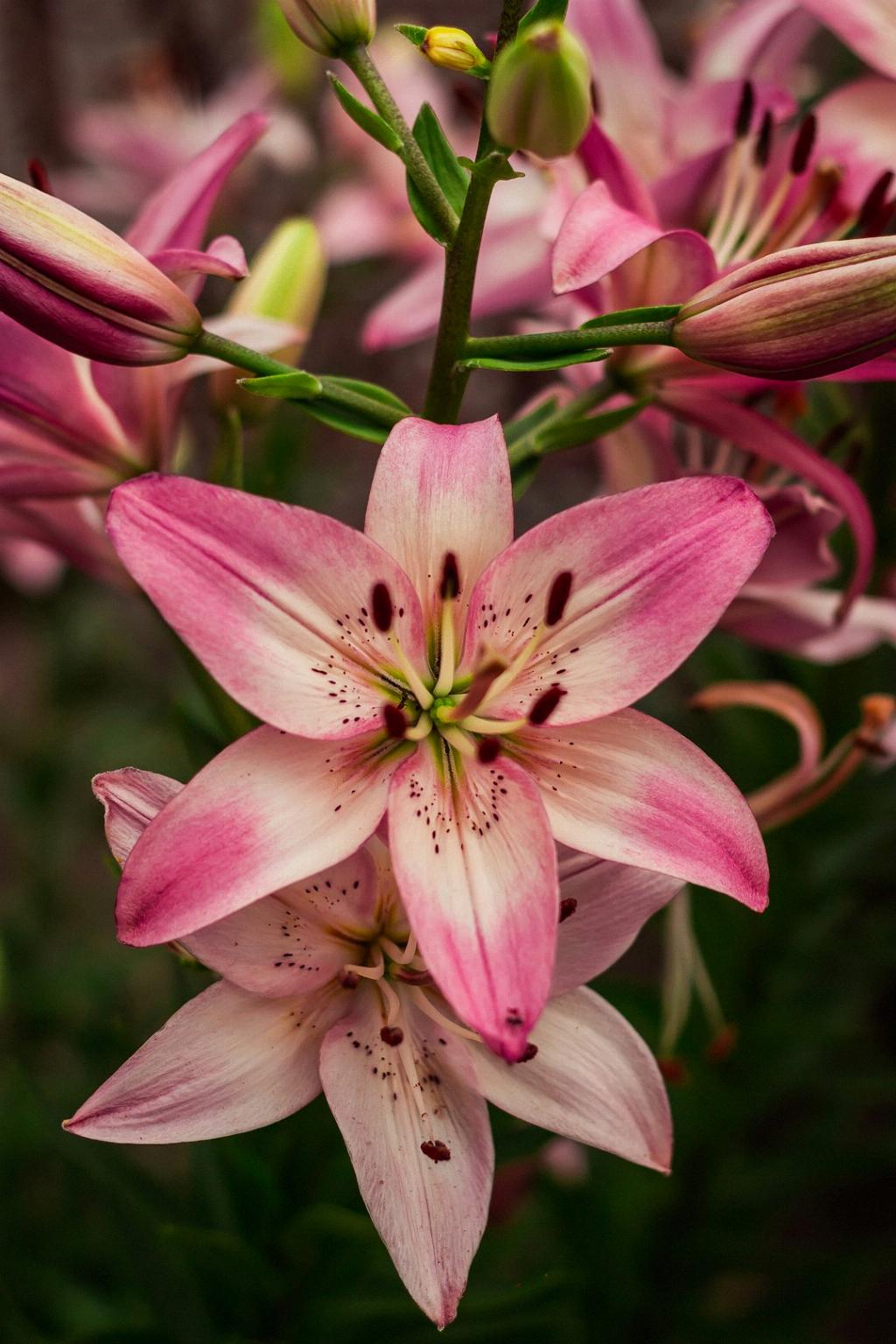When it comes to the intriguing world of water lilies, one aspect that often captures our curiosity is the range of creatures that feast upon these elegant aquatic plants. From the graceful ducks gliding across serene waters to the industrious beavers building their homes, various animals play a vital role in the ecosystem by consuming different parts of the water lilies.
Ducks: Seed Eaters of the Water Lilies
Among the diverse array of wildlife that enjoy the bounty of water lilies, ducks stand out as avid seed consumers. These feathered friends gracefully pluck the seeds of water lilies, contributing to the propagation and distribution of these exquisite plants as they move from one body of water to another.
Muskrats and Beavers: Rhizome Enthusiasts
Delving beneath the surface, we find muskrats and beavers relishing the rhizomes of water lilies. These fleshy underground stems serve as a delectable treat for these creatures, providing them with sustenance and nutrients essential for their survival.
Moose, Porcupine, and Deer: Rhizome Admirers
Joining the ranks of rhizome connoisseurs are moose, porcupines, and deer, who also partake in the feast offered by the root-producing nodes of water lilies. Their fondness for these nutritious rhizomes underscores the significance of water lilies as a source of food in the natural world.
Ecological Harmony through Consumption
As these diverse animals consume various parts of water lilies, they participate in a delicate dance of ecological balance. While ducks assist in dispersing seeds, muskrats, beavers, moose, porcupines, and deer contribute to the consumption of rhizomes, collectively shaping the dynamic ecosystem where water lilies thrive.
Implications for Plant Growth and Spread
Understanding the dietary preferences of animals that eat water lilies sheds light on the intricate relationship between flora and fauna in their shared habitat. By influencing seed dispersal and rhizome consumption, these creatures play a crucial role in the growth and spread of water lilies across aquatic environments.
Adapting to Nature’s Buffet
Through their adapted feeding behaviors, ducks, muskrats, beavers, moose, porcupines, and deer demonstrate their resilience and ability to thrive in diverse ecosystems. Their consumption of water lilies underscores the interconnectivity of species and the intricate web of life in natural settings.
A Symphony of Interactions
As each animal plays its part in the consumption of water lilies, a harmonious symphony of interactions unfolds in the wetlands and water bodies where these plants flourish. The symbiotic relationship between fauna and flora highlights the beauty and complexity of nature’s intricate design.
Conservation and Biodiversity
The role of animals in consuming water lilies underscores the importance of conservation efforts to protect the biodiversity of wetland ecosystems. By safeguarding the habitats of ducks, muskrats, beavers, moose, porcupines, and deer, we contribute to the preservation of diverse species reliant on water lilies for sustenance.
Continuing the Cycle of Life
As water lilies persist as a vital component of aquatic environments, the cycle of life continues its eternal dance, with wildlife playing a key role in the consumption and propagation of these enchanting plants. By embracing the interconnectedness of all living beings, we honor the intricate tapestry of life on our planet.

Appreciating Nature’s Wonders
In conclusion, the diverse array of animals that eat water lilies offers a glimpse into the fascinating world of interactions that shape our natural landscapes. From the graceful ducks to the industrious beavers, each species contributes to the rich tapestry of life, inviting us to marvel at the wonders of nature and the interconnectedness of all living beings.
